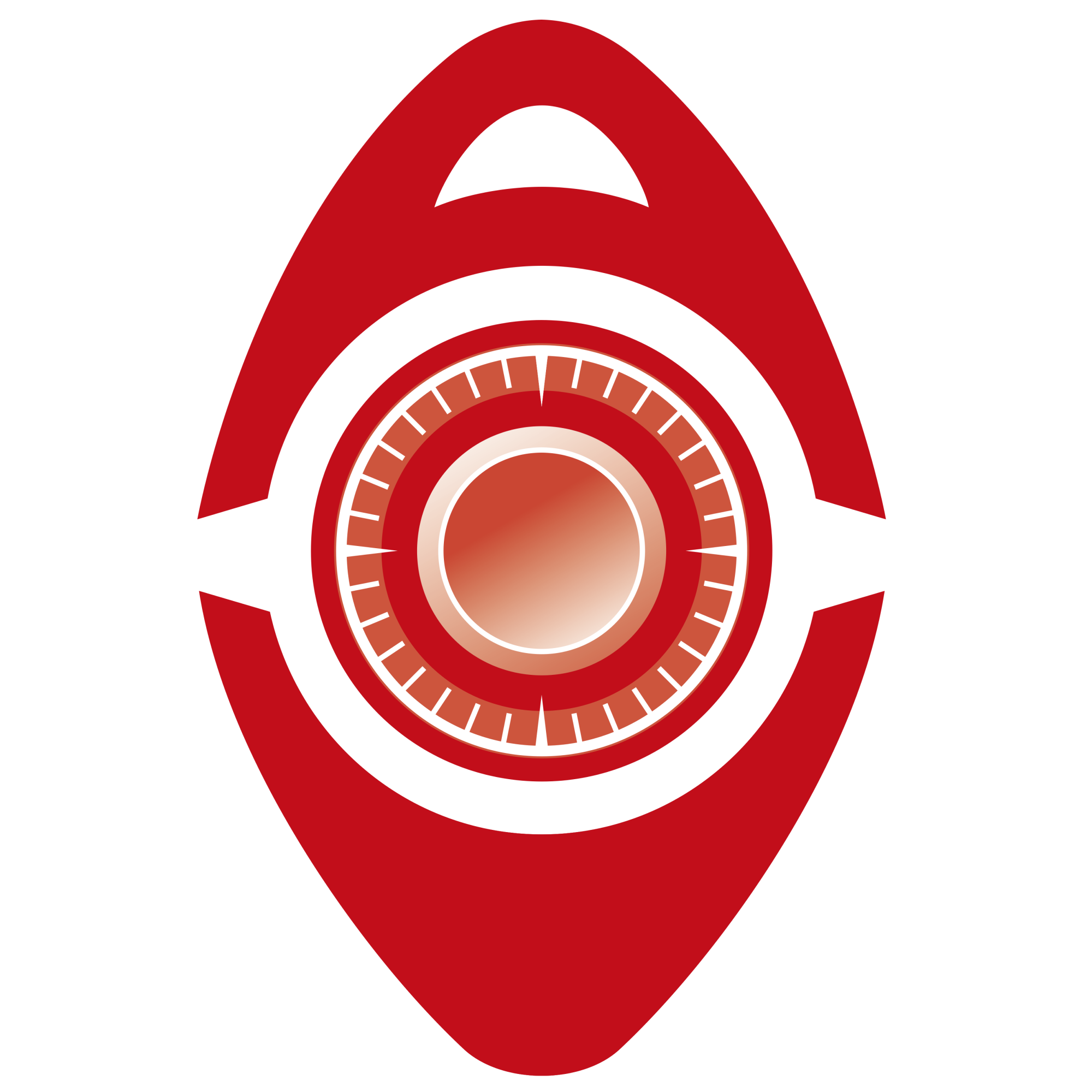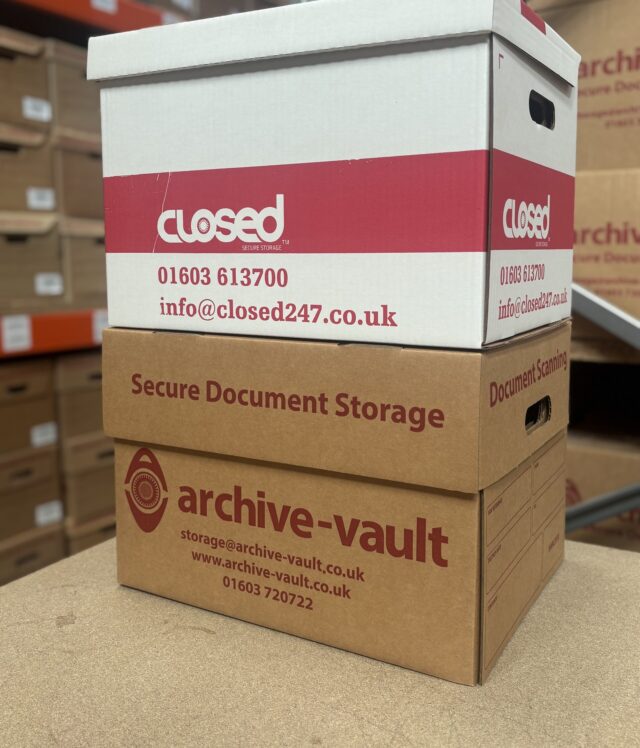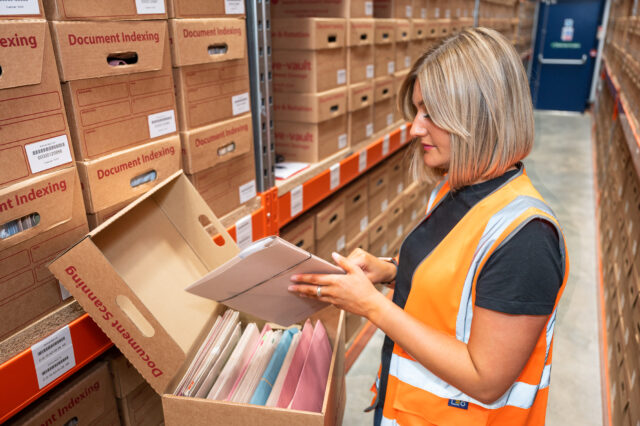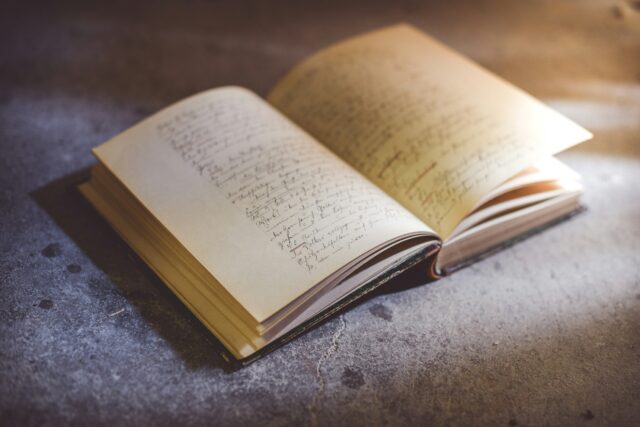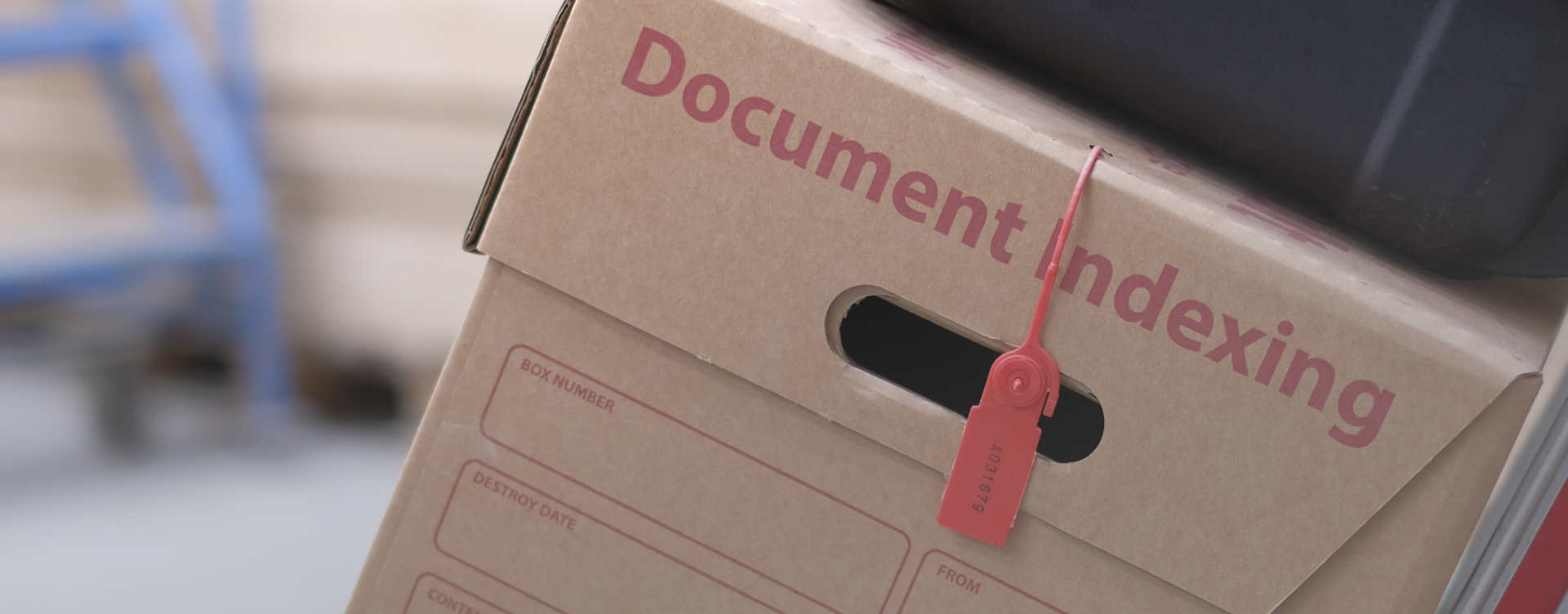If you’ve ever dealt with oversized documents, you’ll know the challenges they bring. Architectural plans, engineering drawings, maps and other large paper documents can be awkward to store, difficult to share and risk damage over time if not handled properly.
Large format scanning proposes a practical solution. By turning oversized documents into high resolution digital files, you can make them easier to access, share, and preserve for the future.
What is large format scanning?
Large format scanning, sometimes known as ‘oversized scanning’, is the process of digitising oversized paper documents that don’t fit through a standard-sized office scanner (normally, this is anything larger than an A3). Specialist large format scanning equipment can capture documents up to A0 to produce sharp, high quality digital files.
Most oversized documents can be scanned with this technology, but it’s often used for:
- Blueprints and architectural/engineering drawings
- Maps and land surveys
- Posters and exhibition graphics
- Artwork and photographic prints
- Technical diagrams and charts
- Historical manuscripts
All types of documents are scanned with a protective cover and handled with extra care, especially if the document is historical or fragile.
Who benefits from oversized scanning services?
Many different industries rely on oversized documents as part of their everyday work. Digitising these materials makes them easier to manage, protect and share.
Architecture, engineering and construction
Blueprints, CAD drawings and site plans can be scanned into high quality digital files, making them easier to access and share across project teams to preserve for long-term use.
Government and urban planning
Maps, land surveys and infrastructure plans are crucial working documents. Scanning ensures these records are preserved and easily accessed online for planning applications or community projects.
Legal and property
Historical deeds, lease maps and large exhibits are important documents that must be secure and accessible. Digitising them refines record keeping, supports compliance and reduces reliance on fragile paper documents that are susceptible to age and damage.
Museums and archives
Oversized posters, historic maps and artworks are often too delicate to handle regularly. Large format scanning protects the originals while making digital copies available for research or education.
Design and creative industries
Exhibition displays, artwork and posters can be scanned and preserved digitally, creating a reliable archive, while also allowing designs to be shared or reproduced without risking damage to the original piece.
Students and artists may also consider scanning to digitise their work.
Healthcare
Hospitals and other medical facilities depend on specialist charts, equipment diagrams and oversized building layouts. Scanning ensures these critical documents are secure, quick to access, and easy to share with teams who need them the most.
By moving large documents into a digital format, each of these industries gains faster access to vital records while reducing the challenges of storing and managing large physical archives.
Why it matters
Investing in large format scanning comes with a host of advantages:
- Space saving – Reduce the need for tubes, cabinets and storerooms.
- Accessibility – Scanned files are sorted and indexed, so that they’re searchable with the click of a button.
- Preservation – Particularly for archiving industries such as museums, oversized scanning allows fragile original documents to be protected from handling and environmental damage.
- Compliance and security – In some cases, keeping digital versions of large documents can support record retention policies and safeguard against data loss.
- Disaster protection – Floods, fires and theft pose a risk to physical archives. By creating digital backups, you can protect oversized documents against unexpected events.
- Futureproofing – Keep archives accessible as technology and file formats evolve.
How can you scan large format documents?
There are several ways to digitise oversized documents, but the results can vary depending on the equipment you use.
DIY approaches – scanning in sections and joining files together, or even photographing documents. While fine for quick fixes, this method is often time-consuming and produces poor quality results.
In-house equipment – Some businesses may purchase or hire large format scanners to operate their scanning needs in house. In some instances, they can deliver high quality results, however the investment and maintenance for this equipment is expensive. To get the most out of the scanner and software, specialist knowledge and training is often required.
Professional scanning services – Outsourcing ensures the best outcome. Scanning companies provide secure facilities, state-of-the-art scanners and specialist expertise. Your documents are handled and scanned with care for the best quality results.
For many organisations, outsourcing proves the most efficient and cost-effective option to ensure large format documents are accessible, handled with care, and organised accurately.
Preserve the big picture with Archive-Vault
Large format scanning provides more than just convenience. It helps industries to protect their heritage, improve efficiency and ensure that oversized documents are usable and protected in the digital age.
At Archive-Vault, we provide secure large format scanning services, tailored to your business needs. The team can collect your documents and prepare them for scanning, where each piece will be quality checked before finishing the job. They can be saved to your preferred format and DPI, and exported to an encrypted USB, or uploaded to your internal platform.
If you’re interested in digitising your oversized documents, get in touch with Archive-Vault today by submitting a contact form or calling 01603 720722.



